Does anybody really remember the Chevrolet Lumina with positive feelings? Nope, not really. The new-for-1990 Lumina, in coupe form anyways, was the replacement for the G-body Chevrolet Monte Carlo, and nobody was happy about it. While the Monte Carlo SS wasn’t a fire-breather in the proper sense, it was a well sorted V8 RWD platform. The Lumina, on the other hand, was Chevrolet’s first version of the GM10/W-body platform, and when the top-rated engine was a 3.4L V6 that on it’s wildest day could crank out 215 horsepower and 220 ft/lb of torque, the small power gain just wasn’t enough to overcome the issues with front wheel drive. Not even the optional five-speed manual could help, and neither could the movie Days Of Thunder.
So what to do about adding power to a Lumina to make it worth mentioning? Well, you can pick from later W-body cars for a couple of good options: the L67 supercharged V6 from the Buick Regal and Pontiac Grand Prix are solid pieces, and if you want a V8 noise you could try to jam in either the LS4 from the Impala SS, Monte Carlo SS, and Grand Prix GTP or, if you were feeling real creative, the 4.0L Aurora V8 or the 4.6L Northstar V8 out of a Cadillac. But that still leaves you with front-wheel-drive. How do you go about ditching that?
Joe Andrews, a normal guy with a background of cars that include Mustangs, Camaros and Buick Grand Nationals, has been the owner of this particular 1992 Chevrolet Lumina Z34 since it was a year old. He was attached to the car, but not particularly in love with it’s performance. He had been pondering what to do to help the Chevy out when a friend of his offered up what was left of a salvage-title automatic Pontiac Trans Am WS6. If there is one thing we can tell you about Joe, it’s that when it comes to metal work, he’s quite handy.
Out came the Sawzalls, cutting wheels and whatever else was needed. The Lumina’s body was carefully removed and set aside, and the remaining bits of sad W-body were sent to the scrapyard.
There are size differences between a Lumina Coupe and a Pontiac Trans Am, so the Lumina is now a two seater after getting 6.4 inches taken out of it’s length. Lexan was used in place of the stock quarter window glass. The panels were massaged back together and the Lumina started taking form. If you were curious as to why he didn’t stretch out the F-body’s platform, it is because he didn’t want to mess with what he felt was a well-engineered system.
The car was completed at the beginning around September, 2011, about four years after the project began. Weekends were spent getting the body knocked into shape, wiring sorted, mods such as the reworked Trans Am spoiler sorted, paint shot, and glass and trim that are nearly unobtainable anymore located so that the car could be finished. Now that the car has been around for a few years, he’s thought about maybe reworking the paint a little bit. Maybe cleaning all that rubber off of the rear quarters is finally starting to take it’s toll.

















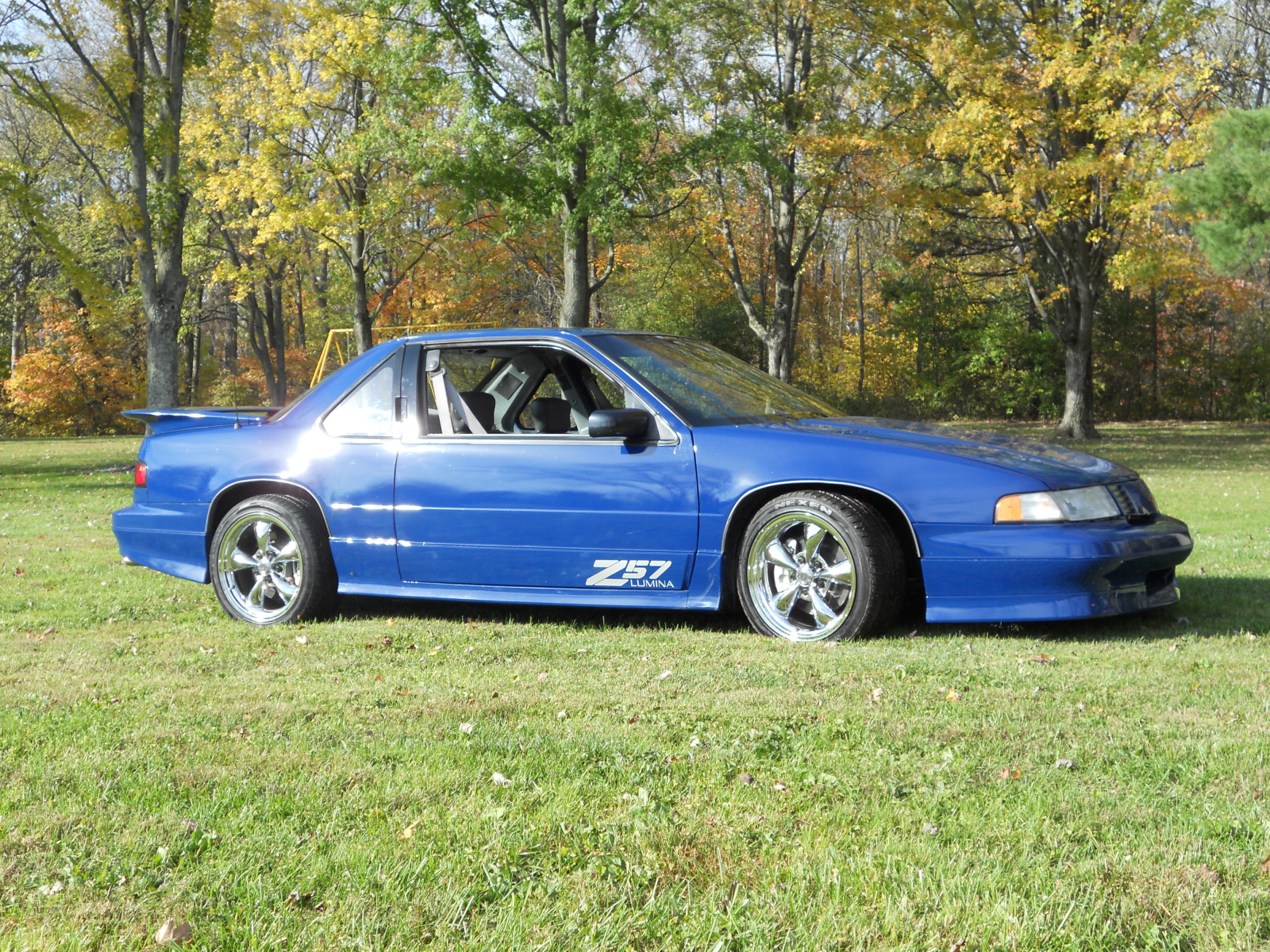



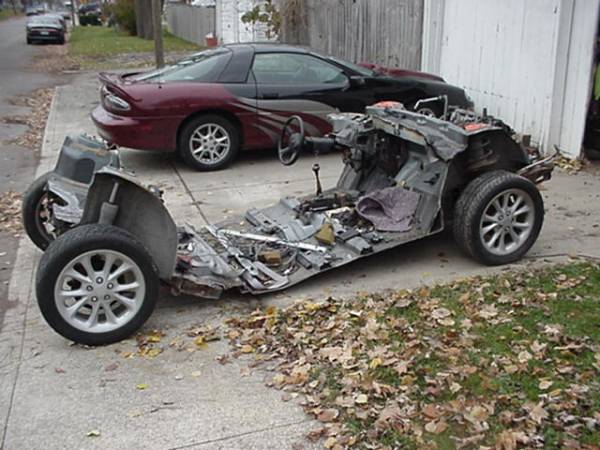
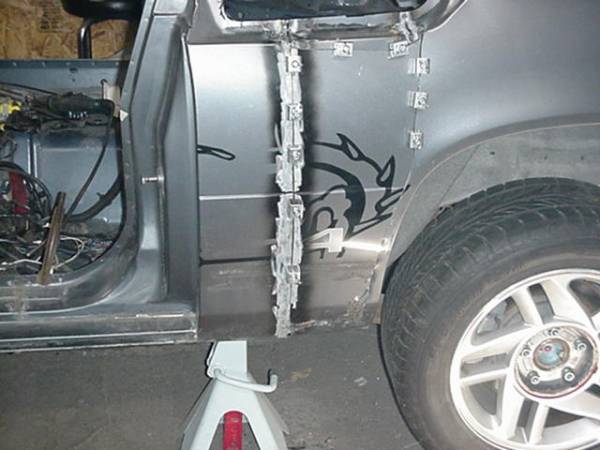
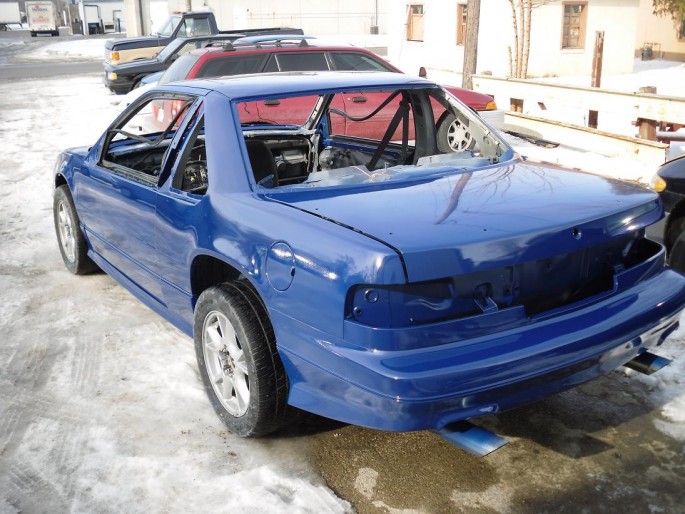
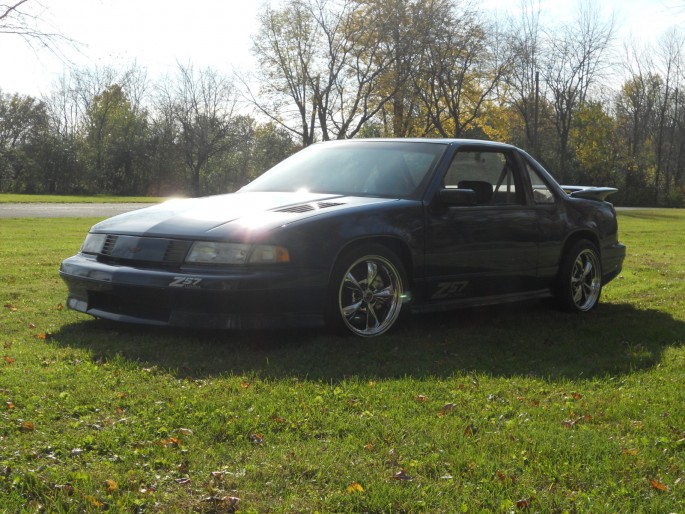
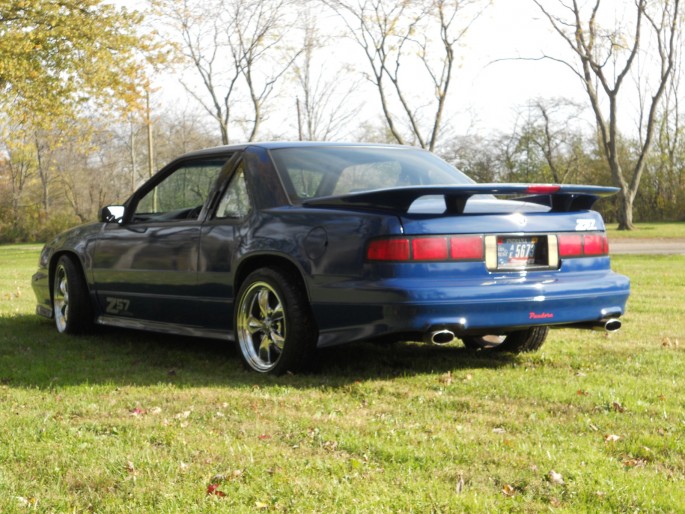





Bryan: I watched the whole build, as Joe posted his progress on http://www.metalmeet.com
Joe is a great guy, and makes his living CNC’ing parts for other metalshapers, his business makes Wheels/Anvils for English Wheels, dies for beadrollers, Hammer Dies, etc, and his stuff is super nice. I have some bead roller dies from him here!!
http://hoosierprofiles.com/Home_Page_2_2.html
Cheers!
James
Okay, that’s really cool.
We traded my wife’s 1992 Z-34 on a 1997 WS-6 Formula. That’s kind of a weird coincidence. LOL
Thanks for the Great Write up on my Car Bryan.
Glad to do it, Joe.
Very Cool!
I think he should put a wide body kit silimar to a IMSA style car.